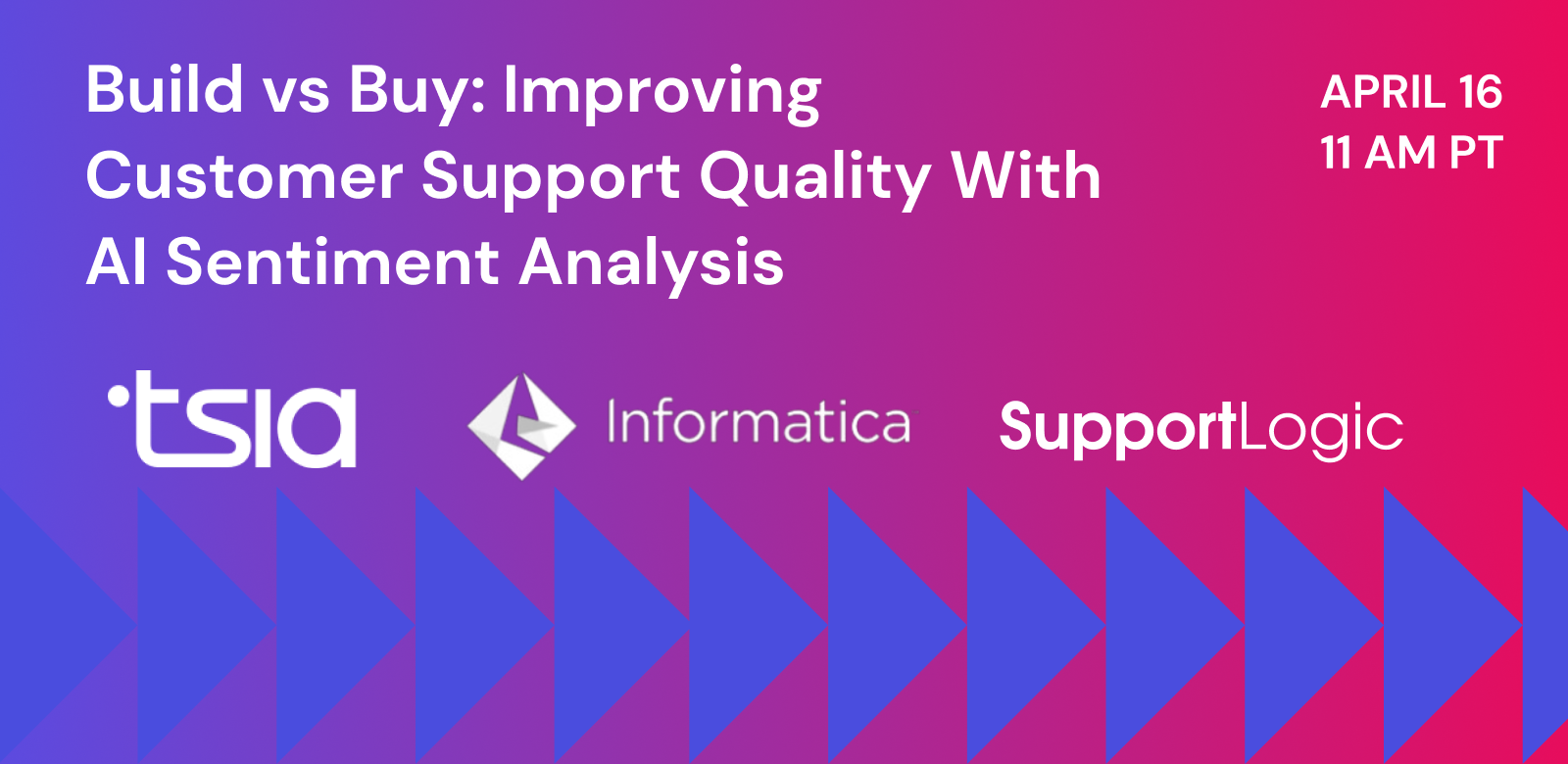
Mar 27, 2025
How Enterprises Can Harness Unstructured Data to Drive Profit
CX TransformationSupport Experiencegenerative AIAI for support
Breaking the Silos: How AI Unlocks the Power of Enterprise Data
Enterprise data is often fragmented across multiple systems (CRM, ticketing, telephony, chat, and email) making it difficult to get a unified view of customer interactions. This disconnection leads to inefficiencies for both customers and employees. Customers frequently experience frustration when they have to repeat themselves across different channels, while support teams lack the visibility to provide seamless service. For executives, these silos make it challenging to measure customer health, predict renewals, and mitigate risks.
For decades, companies have tried to unify their data through large IT projects, master data management tools, and system integrations. However, as enterprises grow (especially through acquisitions) the complexity increases. Many organizations struggle to connect data across different departments and product lines, preventing them from fully understanding their customers’ needs.
The Challenge of Rule-Based Systems
Traditional approaches to customer support have relied on rule-based systems, such as IVR menus that direct customers through predefined pathways. These systems do not account for the complexity of real-world interactions and can create frustration when customers are transferred between departments without context.
For large enterprises, this issue is even more pronounced. Different product lines may operate on separate systems, making it difficult to track a customer’s complete history. As a result, support teams may lack awareness of past frustrations or previous purchases, leading to disjointed experiences. This lack of integration impacts customer satisfaction, retention, and overall brand perception.
AI as a Solution to Data Fragmentation
Recent advancements in AI have introduced new ways to address these challenges. Unlike traditional integration projects that require significant IT resources, AI can now unify customer data from various sources without overhauling existing systems. AI models can extract and analyze customer signals from structured and unstructured data (emails, chat logs, call transcripts) to provide a more comprehensive view of customer interactions.
By taking a system-of-record agnostic approach, AI can connect with existing CRM, telephony, chat, and ticketing systems to synthesize insights across multiple platforms. This allows businesses to access unified customer intelligence in real time without requiring extensive system integration projects.
Making Dark Data Visible
A significant portion of valuable customer intelligence is buried in unstructured data, such as conversations, emails, and support tickets. Historically, this data has been difficult to process, but modern AI technologies can now analyze and extract meaningful insights from these interactions.
In physics, scientists estimate that 90% of the universe is made up of dark matter and dark energy—substances that remain largely unobservable. Similarly, in enterprise data, 90% of customer intelligence is hidden in unstructured data that companies have struggled to access. AI is now making this data visible, allowing businesses to identify customer sentiment, predict escalations, and uncover patterns that would otherwise go unnoticed.
Measuring the Impact of AI on Support Operations
When AI is integrated into support operations, companies can measure its impact in several key areas:
- Software Efficiency – AI can reduce reliance on multiple tools for sentiment analysis, case routing, and escalation management by integrating these functions into a single platform.
- Operational Productivity – Reducing escalations frees up support teams to focus on higher-value tasks. Studies have shown that a small percentage of escalations consume a disproportionate amount of support bandwidth.
- Customer Retention and Experience – AI-driven insights help businesses proactively address customer concerns, leading to improved Net Promoter Scores (NPS) and higher renewal rates.
- Strategic Insights – Analyzing customer conversations allows companies to identify emerging business risks and opportunities, enabling data-driven decision-making at the executive level.
Overcoming Barriers to AI Adoption
Despite the potential benefits, some companies hesitate to adopt AI due to concerns about data quality and integration complexity. Many believe their data is too fragmented or unstructured for AI to analyze effectively. However, AI has evolved to handle data from diverse sources, making it possible to gain insights even when data is not perfectly organized.
Another common challenge is the tendency to overanalyze AI implementation before taking action. Some organizations delay adoption due to concerns about edge cases or hypothetical scenarios. However, businesses that experiment early often discover unexpected value and new efficiencies.
The Future of AI in Enterprise Support
The adoption of AI in enterprise workflows is accelerating. Historically, major technological shifts took years to reach mass adoption—the internet took 15 years to reach 100 million users, while social media platforms achieved this milestone in just a few years. AI adoption is progressing even faster, with tools like ChatGPT reaching 100 million users in only two months.
As businesses integrate AI into their workflows, support organizations will increasingly rely on AI-driven insights to improve customer experiences and drive efficiency. The transition is already underway, and companies that begin implementing AI today will be better positioned to remain competitive in the future.
A Final Question for You
How long can businesses remain competitive if the majority of their workflows are still being executed by employees relying on traditional enterprise software?
For more on this subject, watch my conversation with Thomas Lah, Executive Director and EVP of TSIA:
Don’t miss out
Want the latest B2B Support, AI and ML blogs delivered straight to your inbox?


